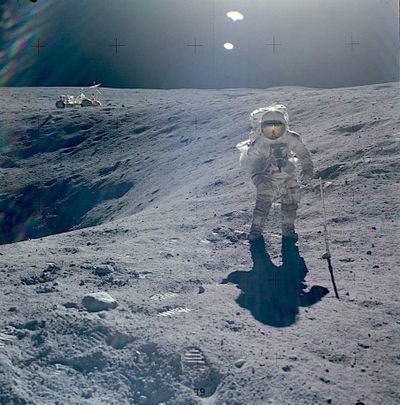NASA sets launch dates for its return to the moon

NASA is planning to take the first step in its return to the moon in late August or early September with the launch of its Orion spacecraft to orbit around the moon, agency officials told reporters Wednesday.
The much-anticipated flight, which won’t have astronauts onboard, will take off on Aug. 29, Sept. 2 or Sept. 5, NASA said, giving the first concrete dates for a mission that has been in the works for years.
The flight also will mark the first launch of the agency’s massive Space Launch System rocket, a significant milestone in its Artemis campaign to return astronauts to the lunar surface for the first time since the last Apollo mission in 1972.
Given the complexity of the vehicles and the fact that NASA has not launched the SLS rocket before, NASA stressed that the dates for a launch at the Kennedy Space Center in Florida were tentative and could change.
It took NASA several attempts earlier this year to conduct a fueling and simulated countdown test, known as the wet-dress rehearsal, of the SLS rocket. As they loaded the rocket with 700,000 gallons of liquid oxygen and liquid hydrogen, engineers discovered a series of problems, including a hydrogen leak that prevented NASA from completing the test countdown. As a result, NASA was forced to roll the rocket from the launchpad back into its assembly building for repairs and additional testing.
Still, officials said they were able to complete enough of the test to proceed with a launch attempt. On Wednesday, space agency officials said everything was proceeding well.
The mission, known as Artemis I, will send the Orion crew capsule into orbit around the moon for about six weeks, allowing the agency to test a series of systems before it puts astronauts onboard.
One of the main objectives of the flight is to test Orion’s heat shield, said Mike Sarafin, NASA’s Artemis mission manager. The heat shield is intended to protect Orion and future crew from the extreme temperatures it will encounter when it enters Earth’s atmosphere at 24,500 mph, or Mach 32. Sarafin said those temperatures will reach “half as high as the sun.”
NASA will also be looking to test the spacecraft’s navigation systems, its ability to use power derived from its solar arrays and its resilience when traveling through areas of high radiation. Three mannequins onboard will be fitted with sensors to determine how astronauts would fare on the flight. Sarafin said another test would be recovering the spacecraft after it splashes down in the ocean.
Given that NASA hasn’t attempted to send a spacecraft designed to fly humans to the moon in 50 years, Sarafin said problems are expected, but “our team is prepared to adapt along the way.”
If the Artemis I mission goes as planned, NASA plans to fly a similar mission, known as Artemis II, with astronauts onboard. A human landing, dubbed Artemis III, could come as early as 2025, NASA has said.
If NASA decides to proceed with an Artemis I launch on Aug. 29, it would roll the SLS rocket from its assembly building to the launchpad on Aug. 18.
“We think we’re on a good path to get to (launch) attempts on those days,” said Jim Free, NASA’s associate administrator. But he reminded reporters that astronauts often tell their families coming to watch them launch to space that they should “plan a seven-day vacation to Florida, and you might see a launch in there too.”